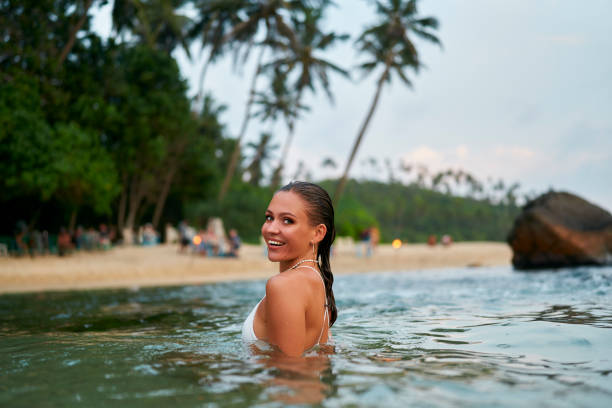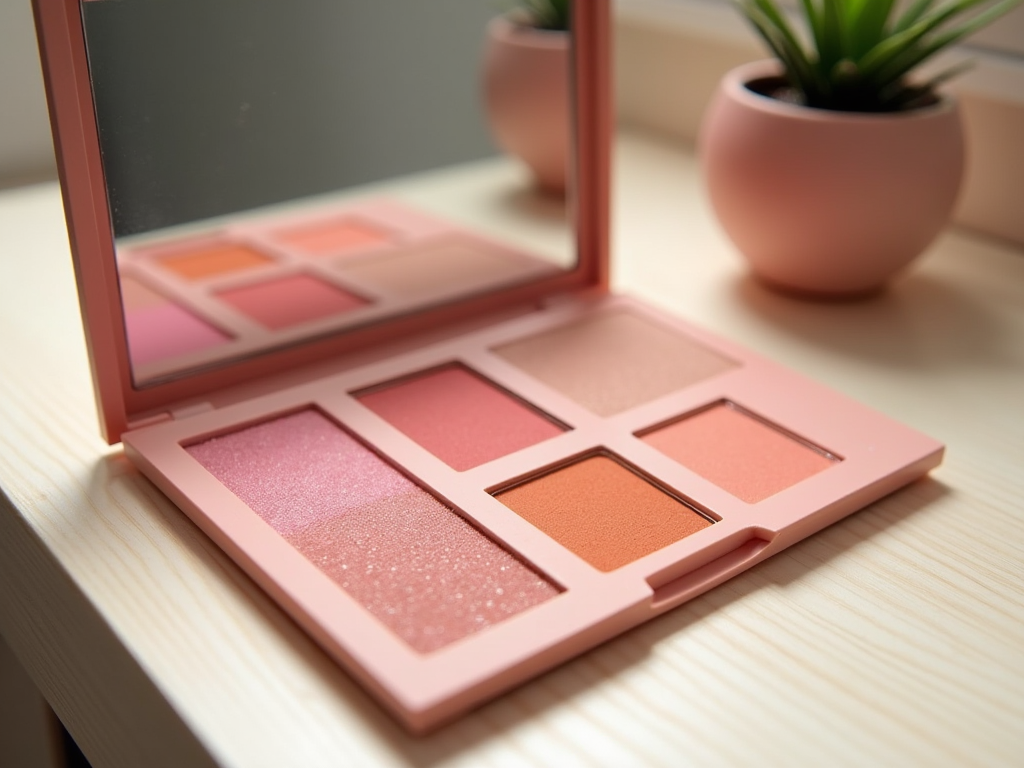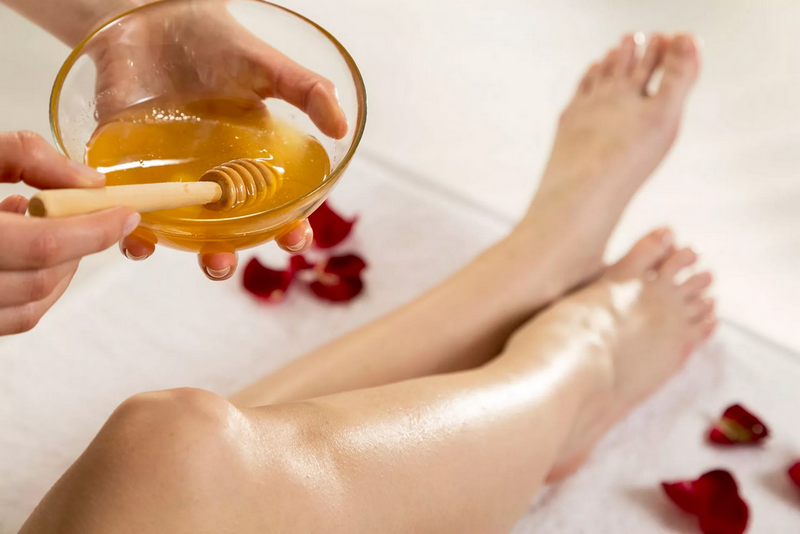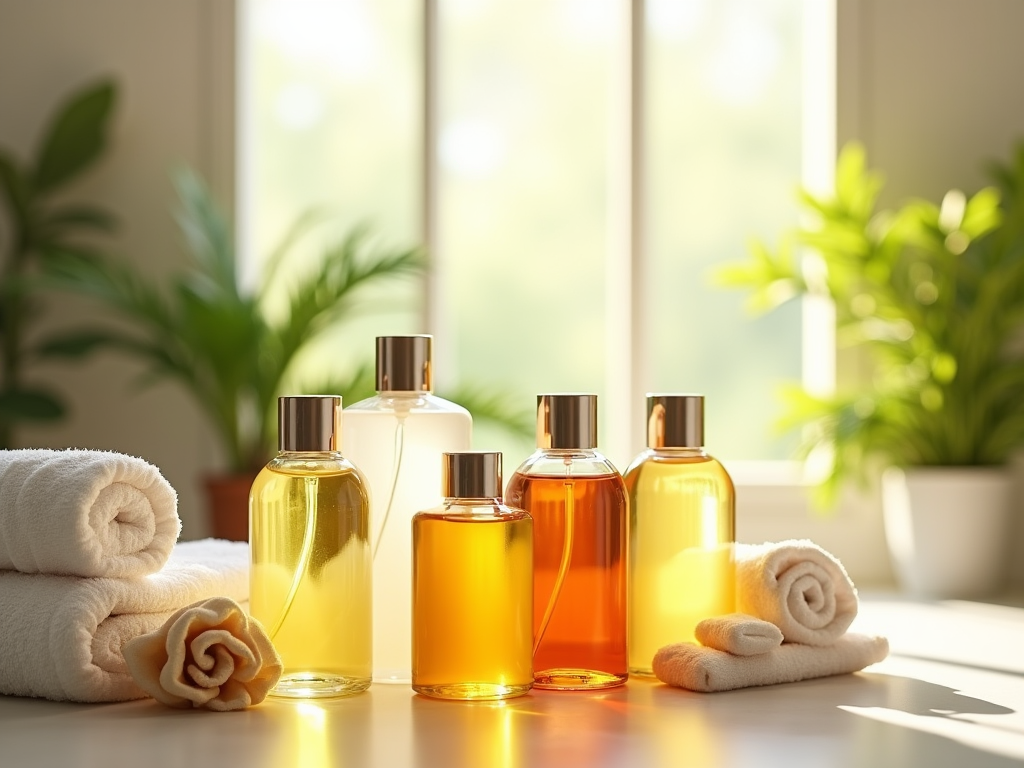Do you love makeup but dread the way it melts, fades, or runs at the first sign of water or sweat? While waterproof makeup products are a lifesaver, they’re not always necessary or available. The good news? You can make your non-waterproof makeup stay put and look fabulous all day long with a few clever tricks and tips. Here’s how to waterproof your makeup, even if it’s not labeled as waterproof.
1. Prime Your Skin

The first step to ensuring your makeup stays in place is to use a good primer. Primers create a smooth base for your makeup, helping it adhere better to your skin. Choose a mattifying primer if you have oily skin, or a hydrating primer for dry skin. The right primer will help seal your makeup and prevent it from smudging or fading throughout the day.
Selecting the Right Primer
It’s essential to select a primer that suits your skin type. For instance, a mattifying primer helps control excess oil production, making it ideal for oily skin, while a hydrating primer is better suited for dry skin. Look for primers with ingredients like hyaluronic acid for added moisture or salicylic acid for acne-prone skin. Applying the primer evenly and letting it dry completely before moving on to the next step is the key to achieving a long-lasting, waterproof effect.
2. Use Setting Sprays
Setting sprays are a game-changer when it comes to making your makeup more durable. After applying your makeup, mist your face with a setting spray to lock everything in place. Look for a long-lasting, matte finish setting spray if you have issues with oiliness, or a dewy finish spray for a glowing look. Setting sprays act as a shield, protecting your makeup from moisture and keeping it intact.
Layering for Longevity
For an extra layer of protection, you can use a setting spray between makeup application layers. For instance, after applying foundation and concealer, mist your face with setting spray, let it dry, and then proceed with powder and other products. This technique ensures each layer is sealed and helps your makeup withstand sweat, humidity, and even light rain.
3. Waterproofing Your Eye Makeup
Your eyes are often the first area where makeup tends to smudge or run. To waterproof your eye makeup, start with an eyelid primer to keep eyeshadow and liner in place. Use waterproof or long-lasting formulas for your eyeliner and mascara. If you don’t have waterproof mascara, you can apply a clear waterproof top coat to seal it.
Steps for Smudge-Proof Eyes
- Start with a primer specifically designed for eyelids.
- Opt for waterproof or long-lasting eyeliner and mascara.
- Use waterproof gel eyeliner for the waterline.
- Set your eyeshadow with a translucent powder.
- Apply a waterproof top coat on your mascara for extra protection.
4. Setting Your Face Makeup
Setting your face makeup with powder can significantly increase its longevity. After applying your foundation and concealer, use a setting powder to mattify and lock these products in place. Choose a translucent setting powder for a natural finish, or a tinted powder to add extra coverage. Pat the powder onto your skin with a fluffy brush or a makeup sponge to ensure it blends seamlessly. Powder helps absorb any excess oil and moisture, preventing your makeup from sliding off or breaking down.
Finishing Touches
Besides using a setting powder, consider using a setting spray to finish your look. The combination of powder and spray provides a dual-layer of protection, maximizing the waterproof effect. Additionally, you can use durable, long-wear formulas for blush, bronzer, and highlighter to ensure your entire face makeup remains intact.
5. Touch-Up Essentials
Even with all these techniques, carrying a few touch-up essentials can be a lifesaver. Keep blotting papers, a small powder compact, and a travel-sized setting spray in your bag. Blotting papers help absorb excess oil without disturbing your makeup, while a quick dusting of powder can refresh your look. A mist of setting spray can rejuvenate your makeup, making it appear freshly applied.
Emergency Kit
- Blotting papers to absorb oil.
- Compact powder for quick touch-ups.
- Travel-sized setting spray for refreshment.
- Small mirror to check for smudges.
Conclusion
Waterproofing your makeup, even if it’s not designed to be waterproof, is entirely achievable with the right products and techniques. Priming your skin, using setting sprays, choosing waterproof eye makeup, setting your face makeup, and keeping touch-up essentials handy can help ensure your makeup stays flawless and fresh throughout the day. Follow these tips, and you’ll never have to worry about your makeup running or fading, no matter what the day brings.
FAQs
1. Can I use hairspray to set my makeup?
No, it’s not recommended to use hairspray to set your makeup as it can clog pores, irritate your skin, and damage the makeup.
2. How often should I touch-up my makeup?
This depends on your skin type and the products you’re using. Generally, touching up every few hours, especially if you have oily skin, is a good practice.
3. Are setting sprays safe for sensitive skin?
Yes, but it’s crucial to choose a setting spray labeled as suitable for sensitive skin. Always do a patch test before full application.
4. Can I use baby powder as a setting powder?
While baby powder can absorb oil, it’s not formulated for facial skin and may cause irritation or clogging pores. It’s better to use a proper setting powder.
5. Is primer necessary for waterproof makeup?
Using a primer is highly recommended, even for waterproof makeup, as it helps create a smooth base and improves makeup longevity and adherence.



